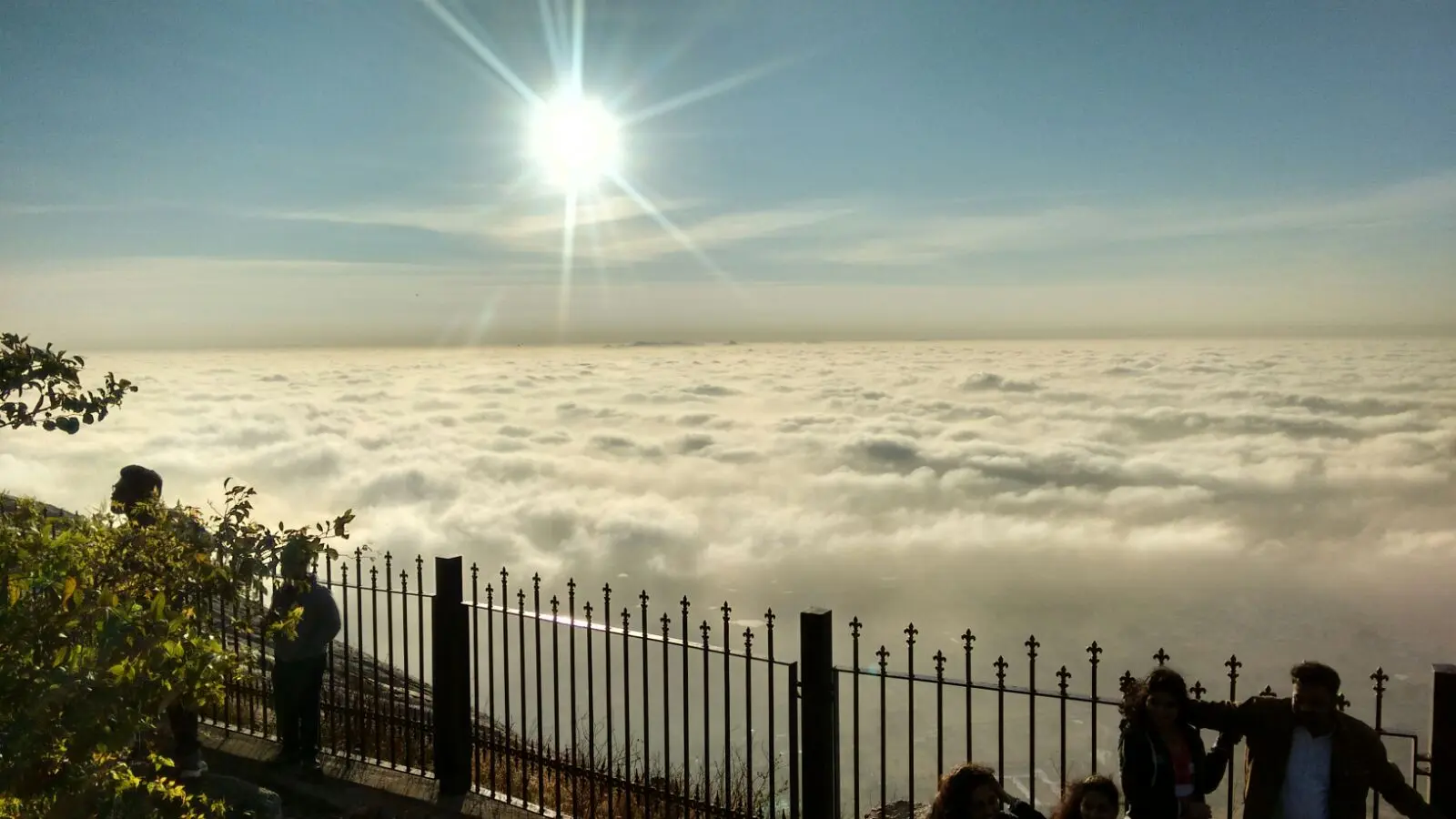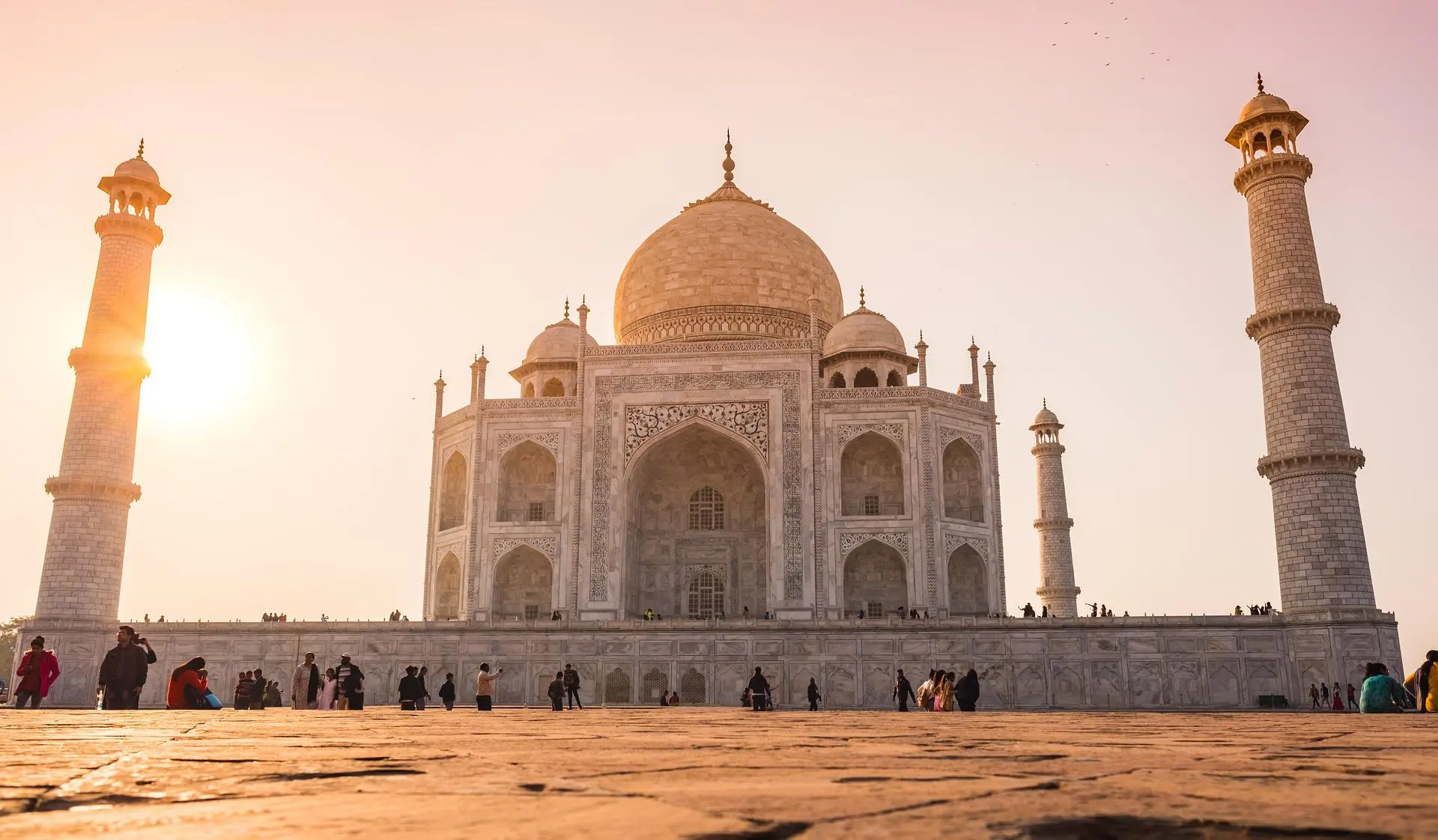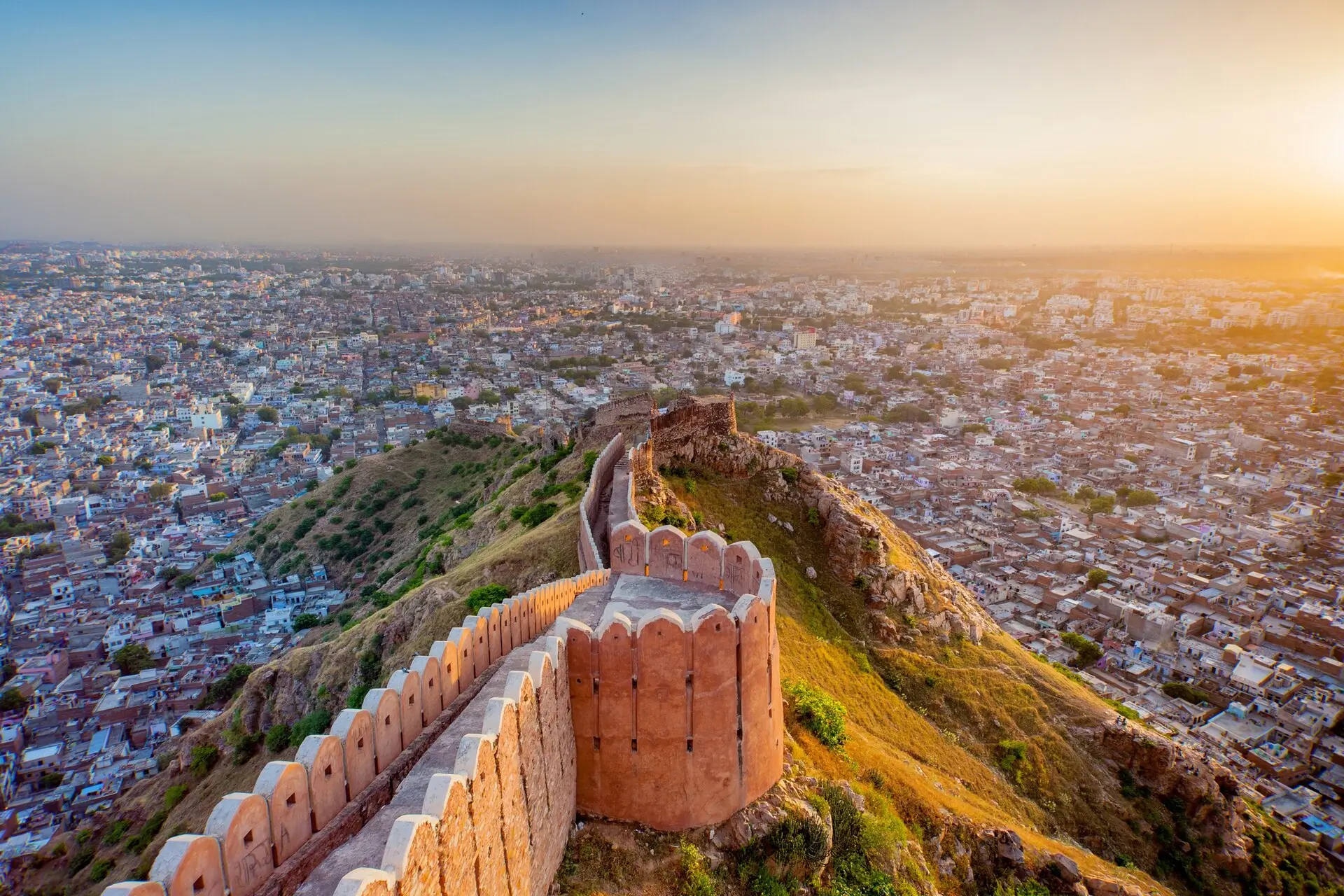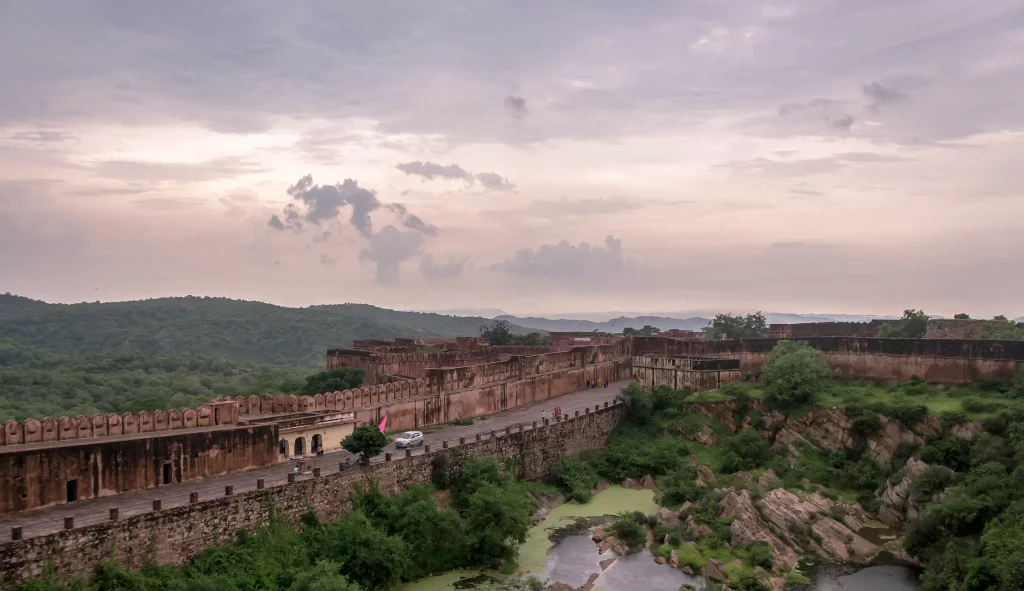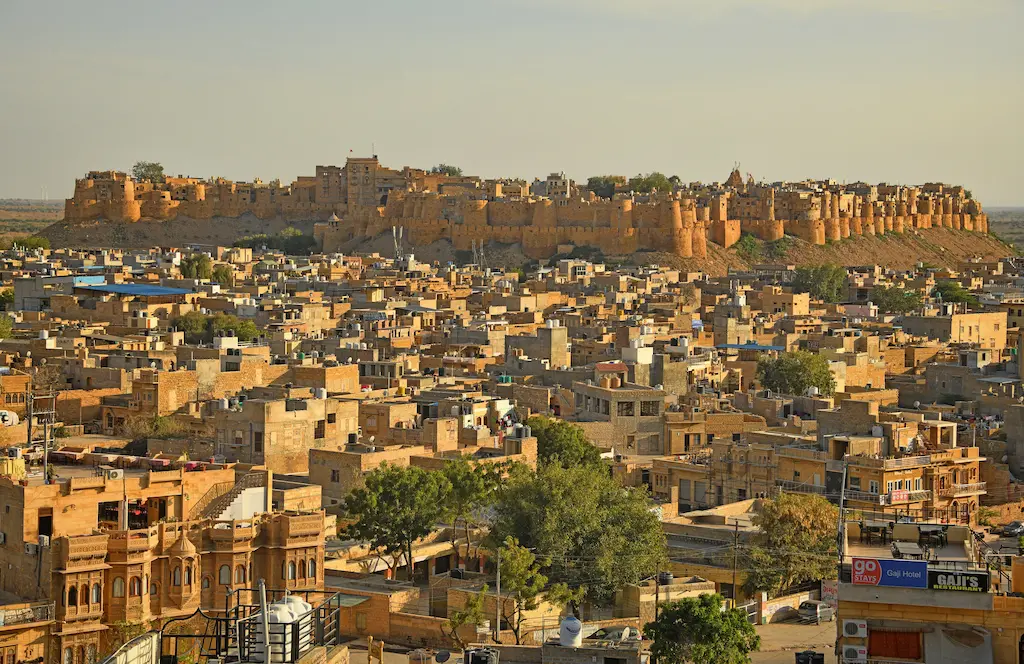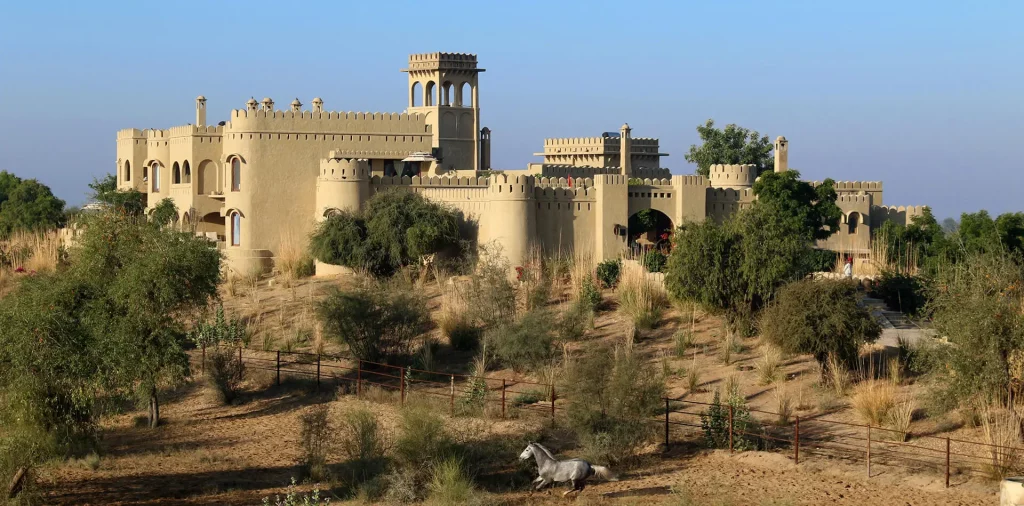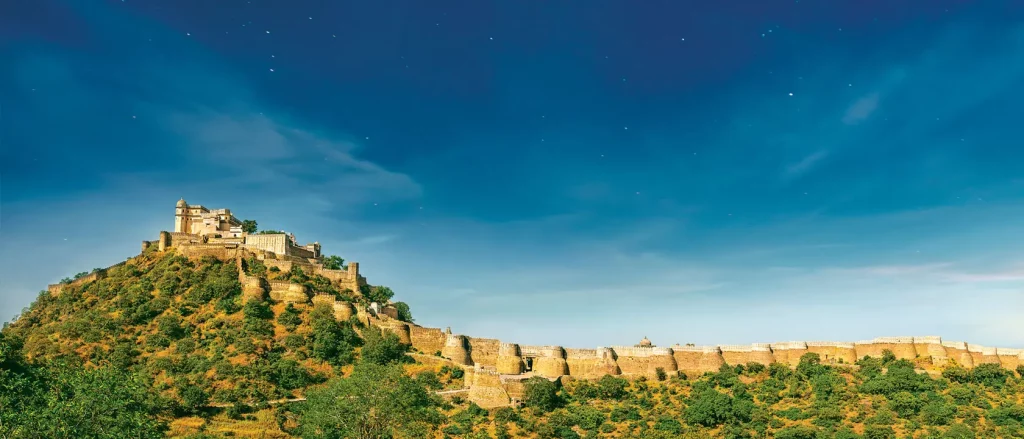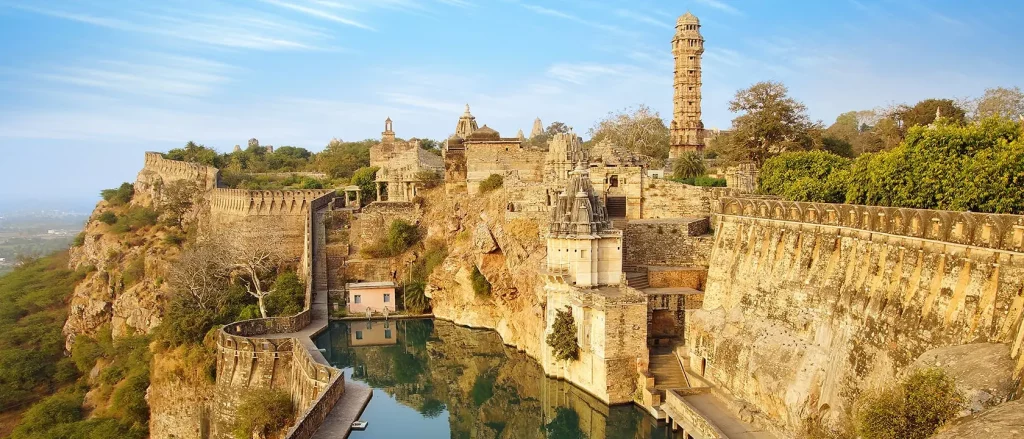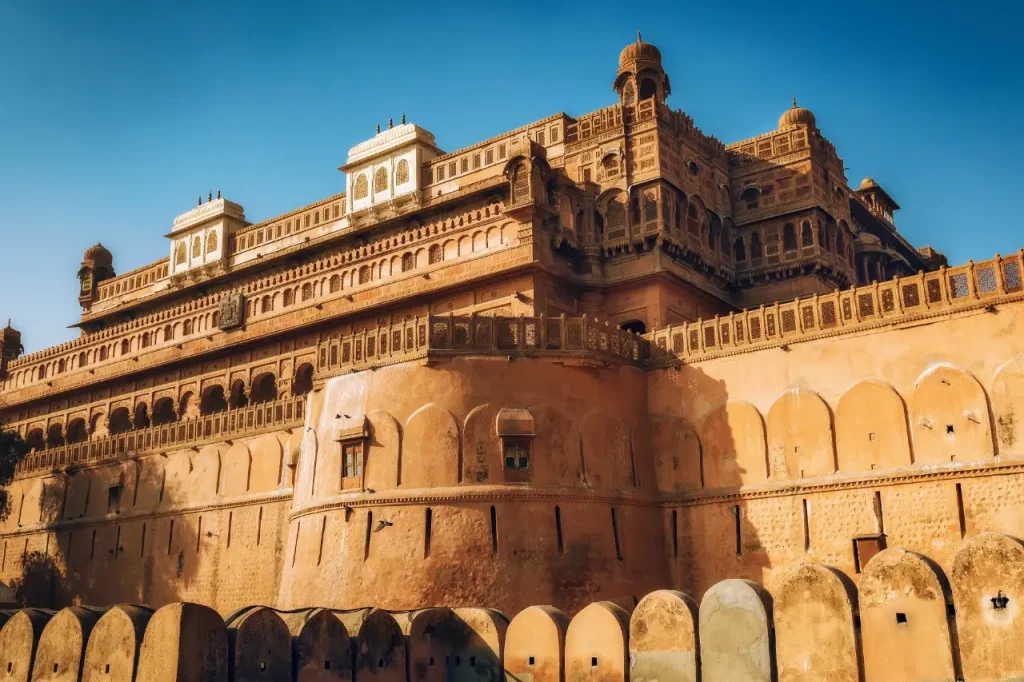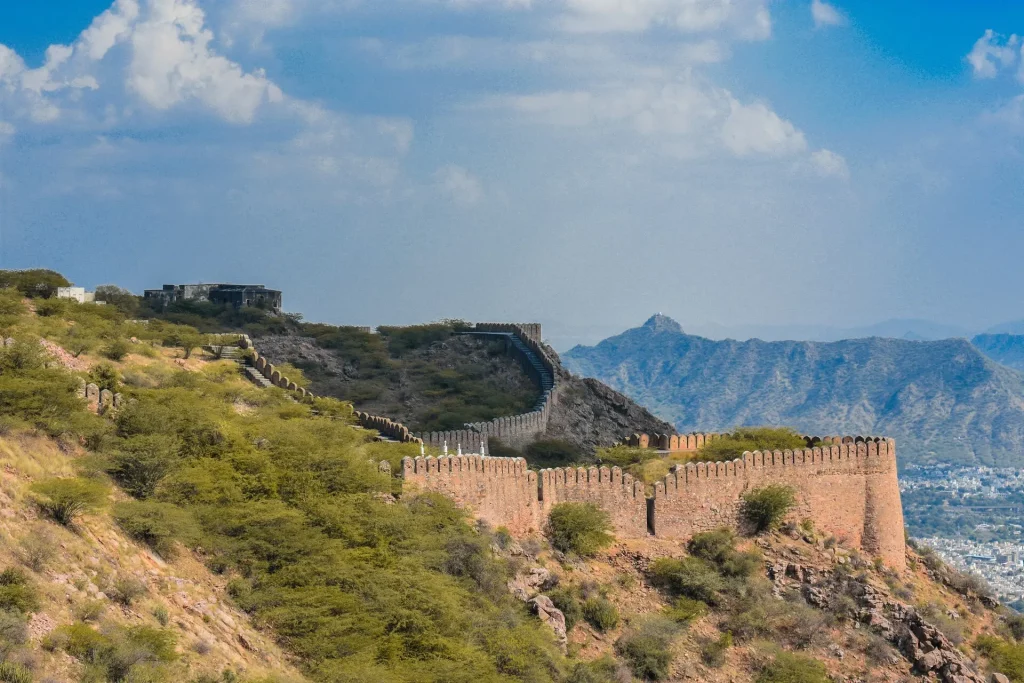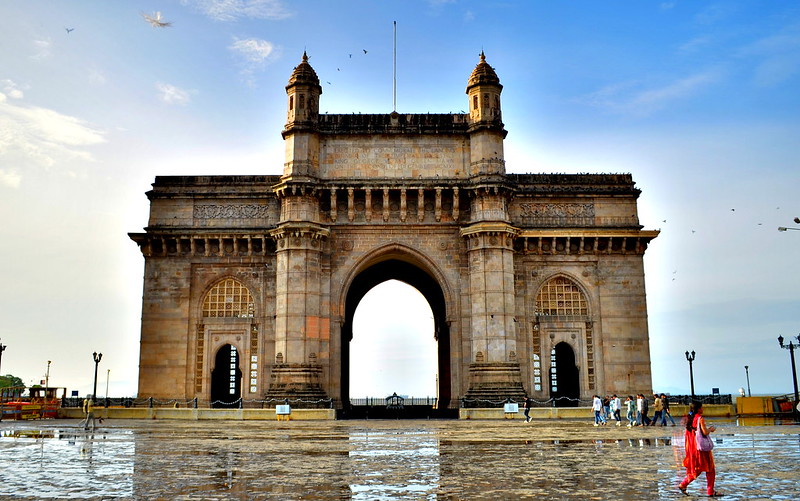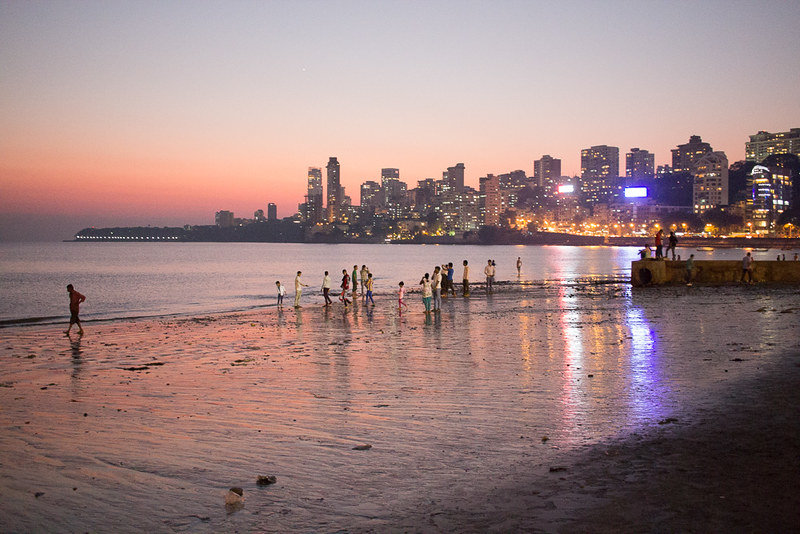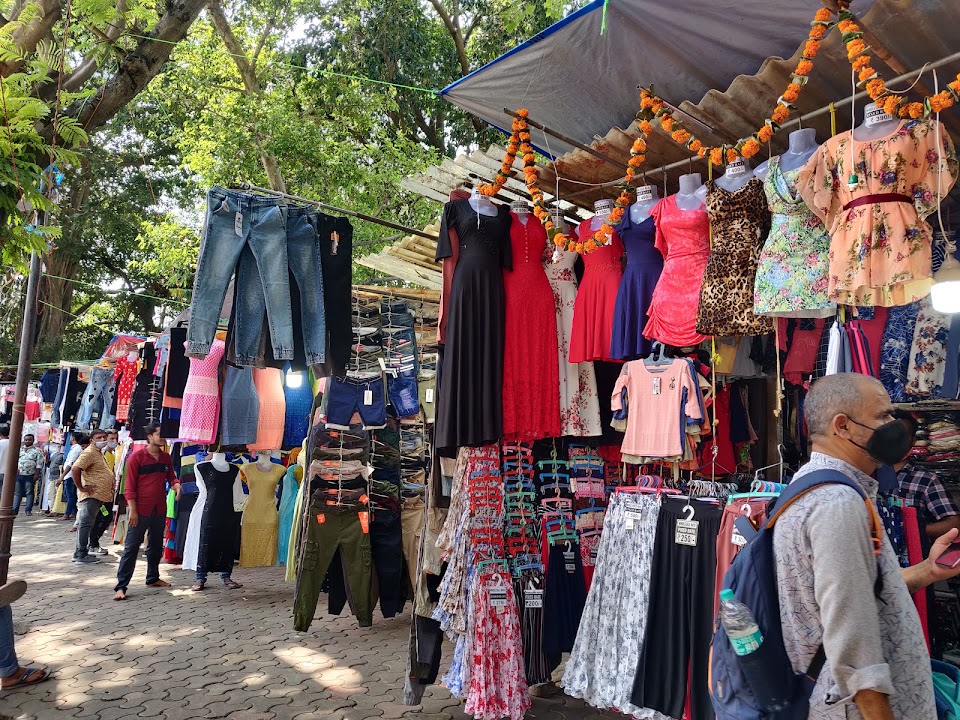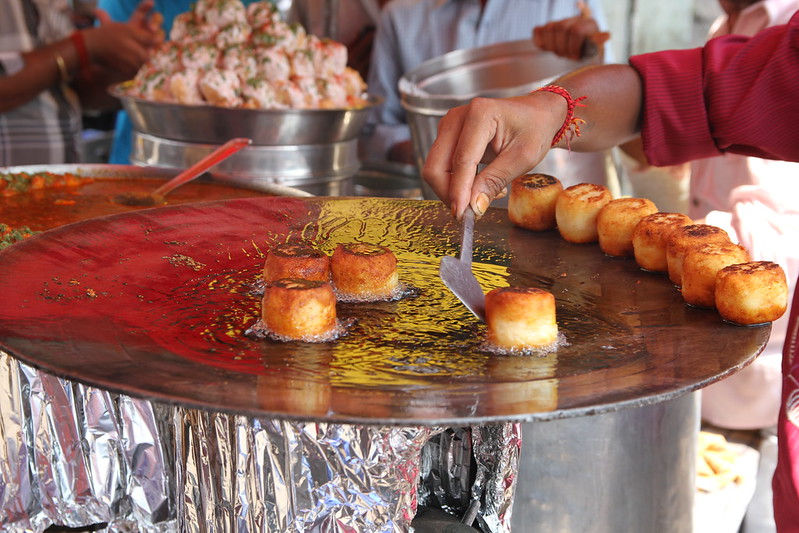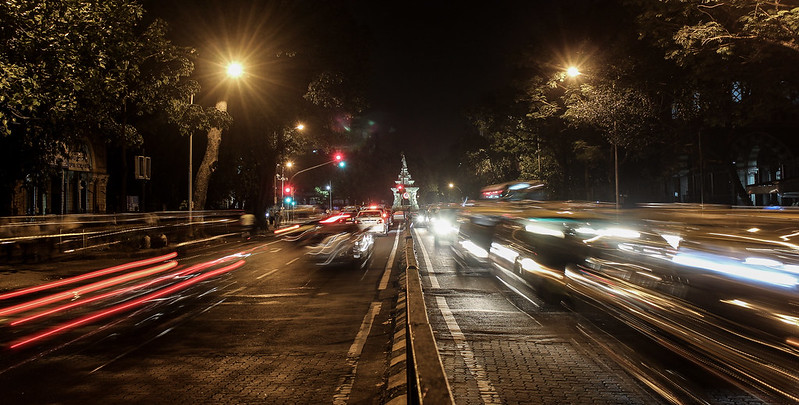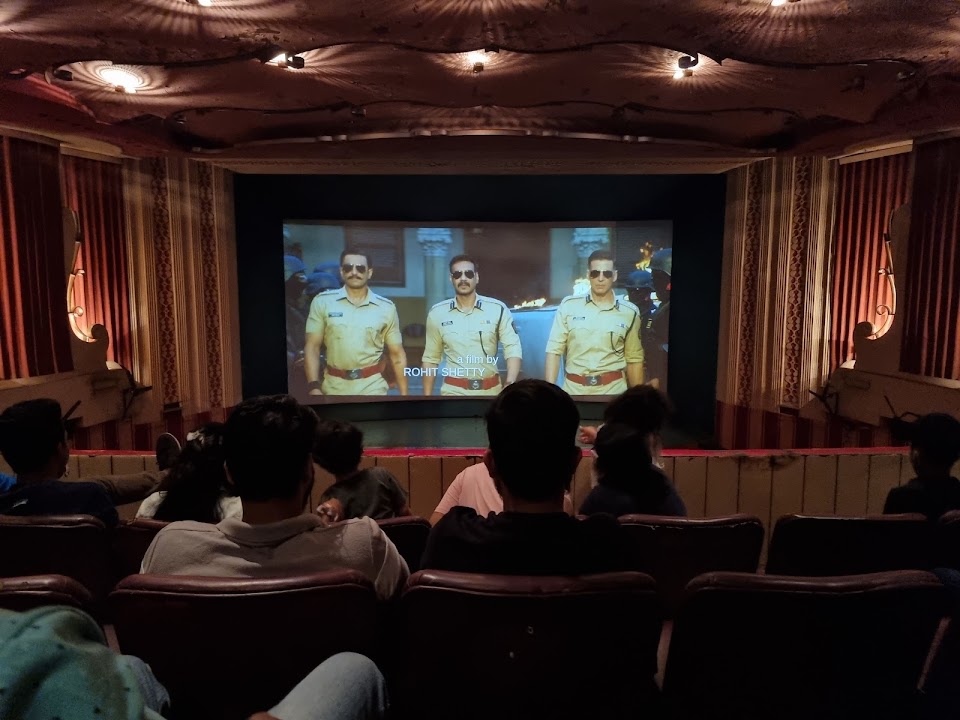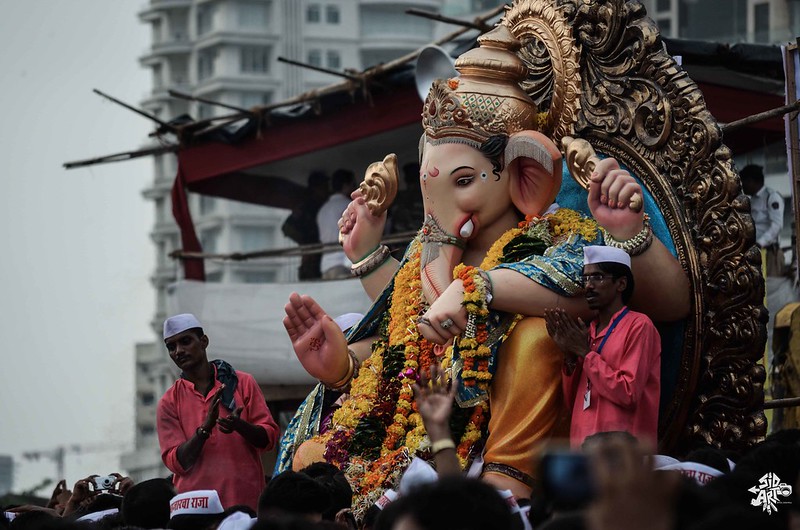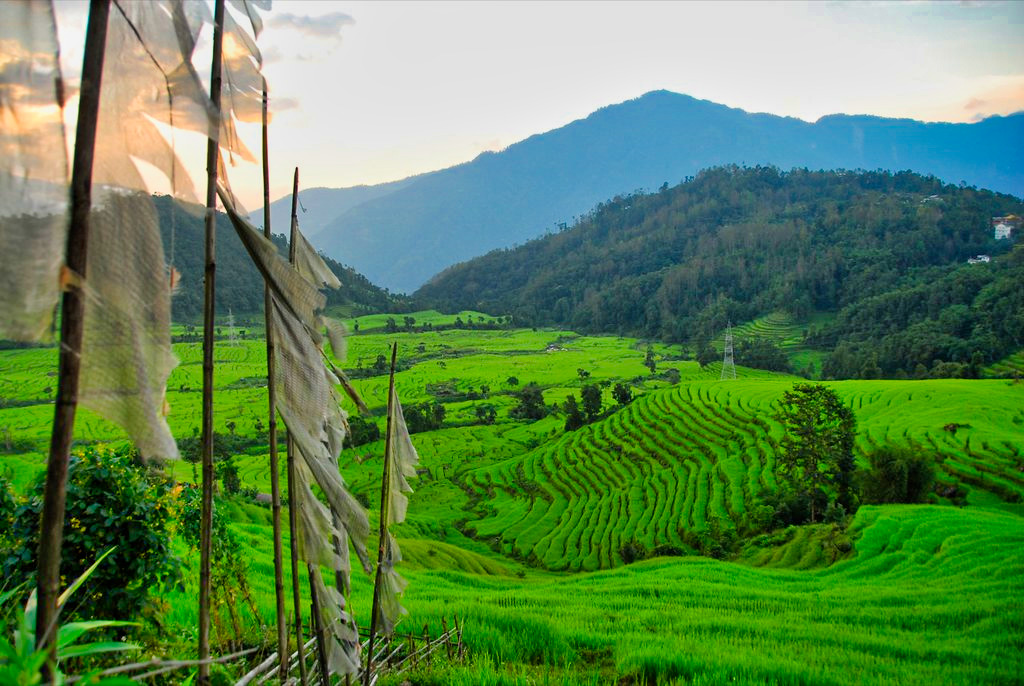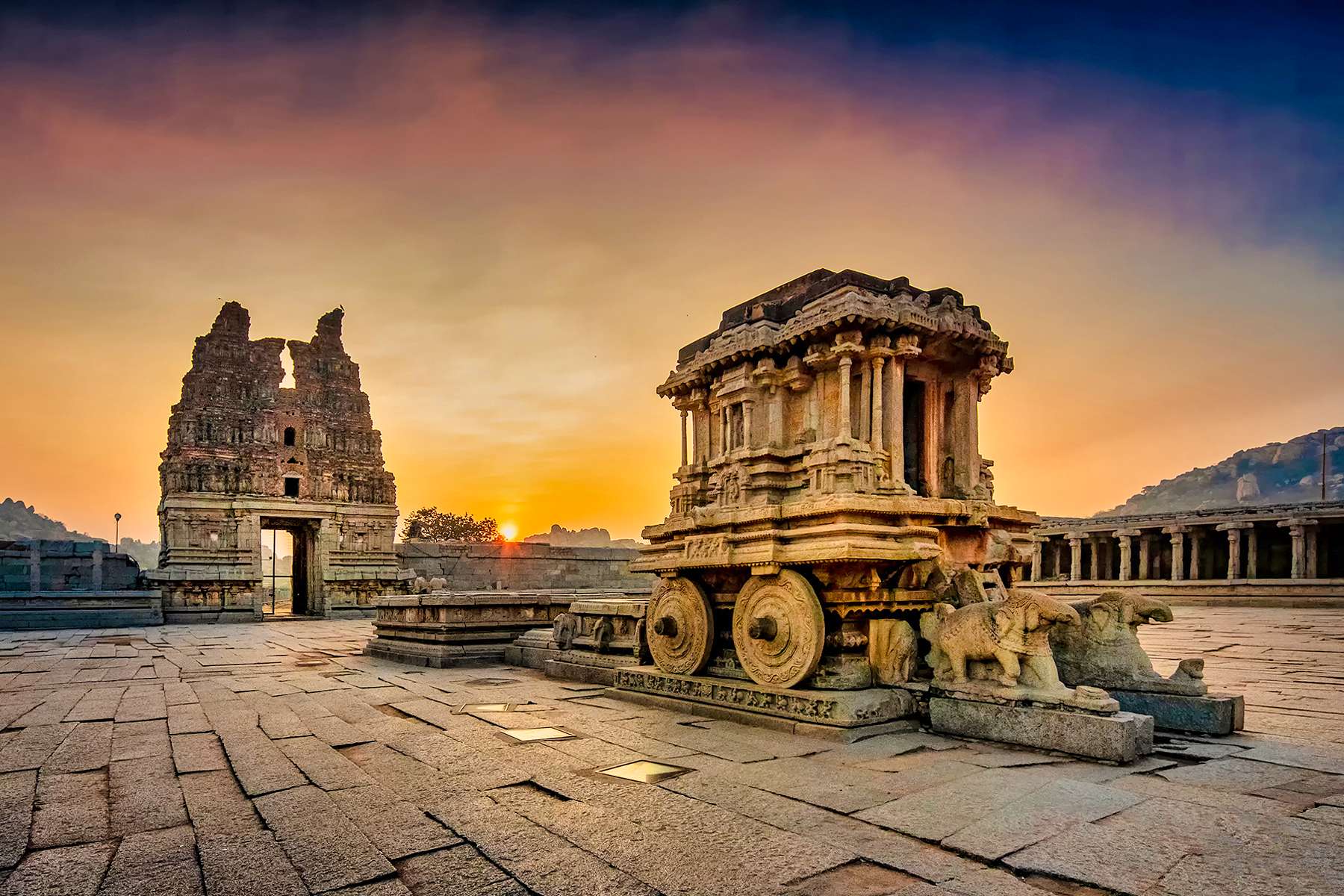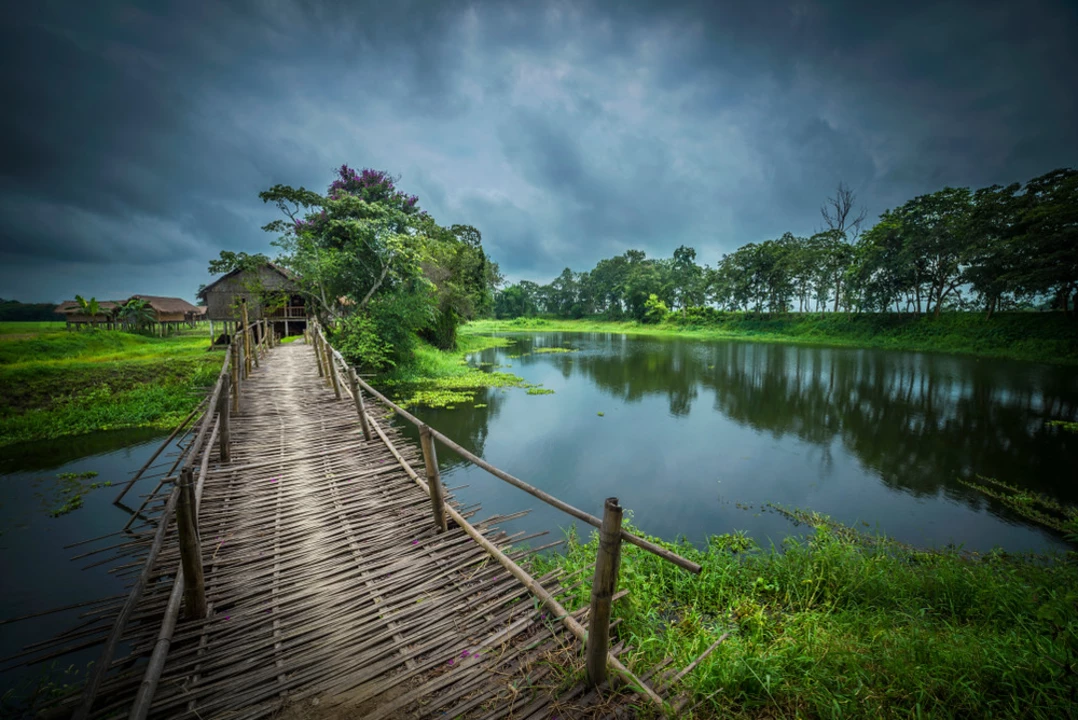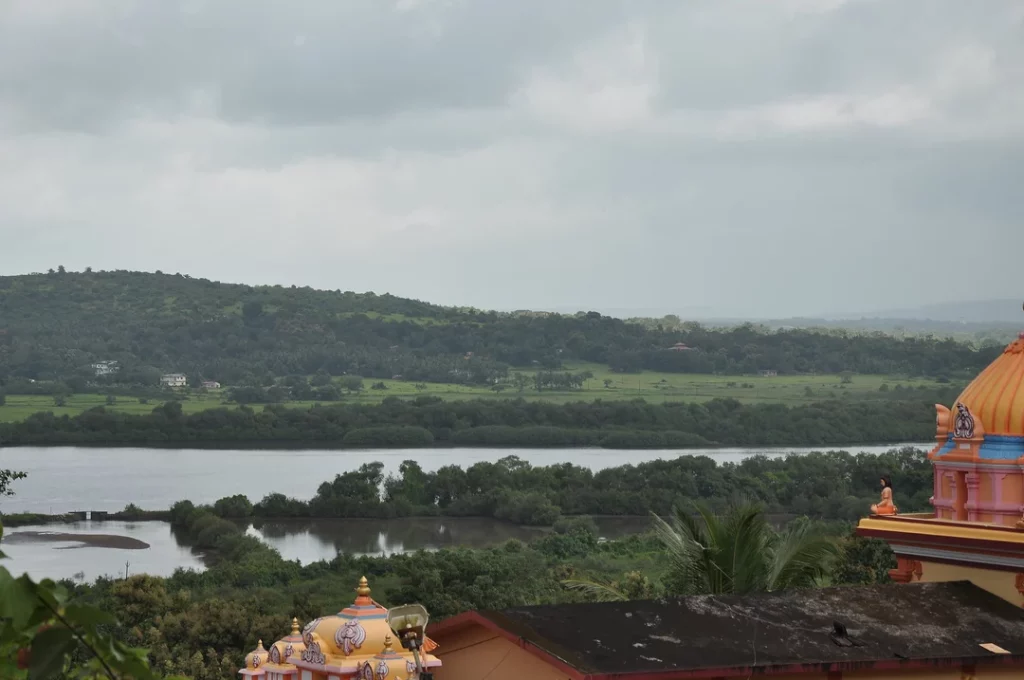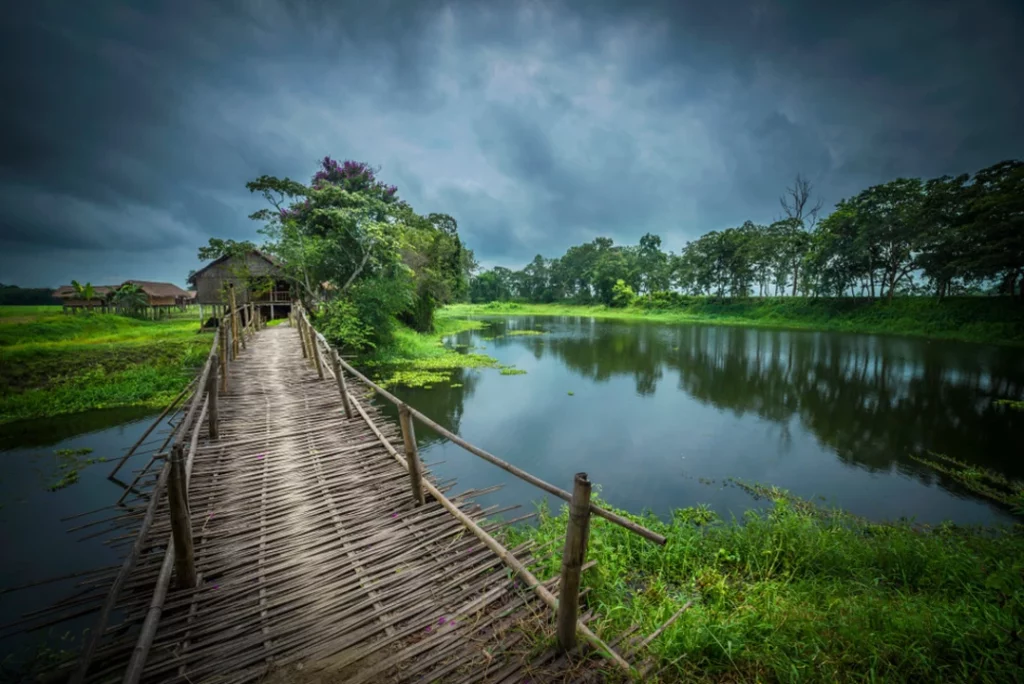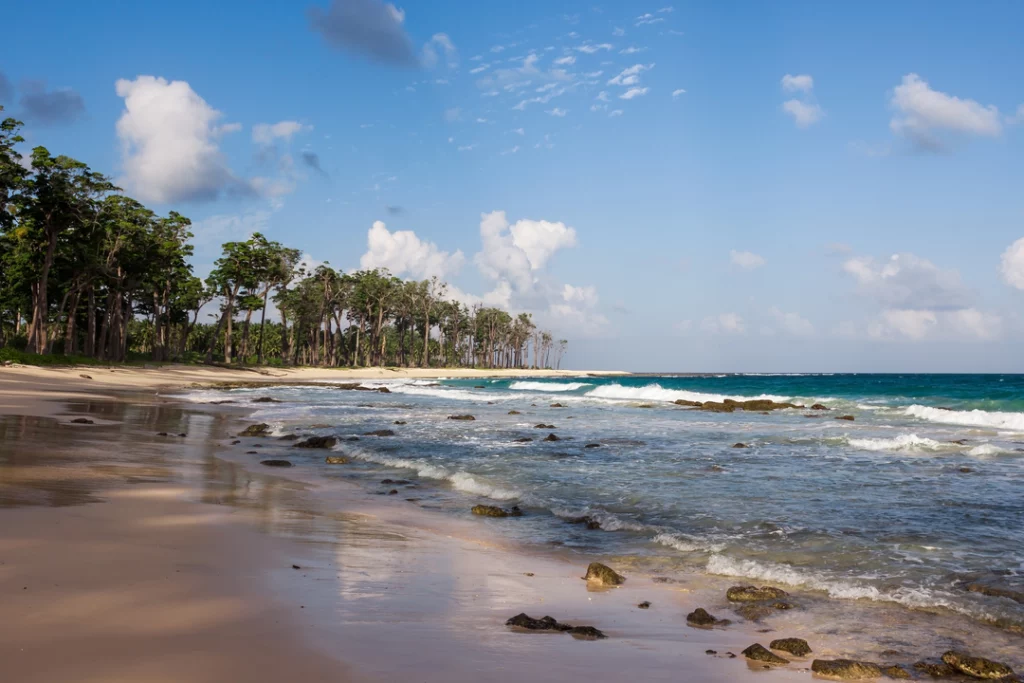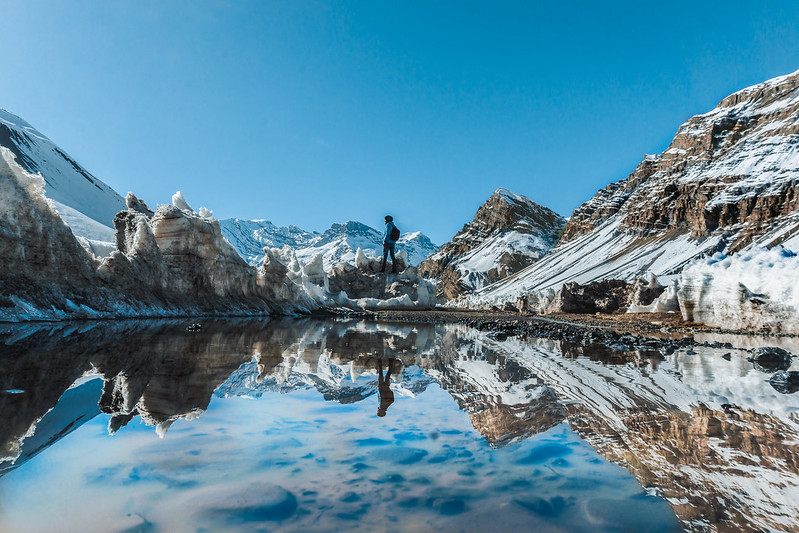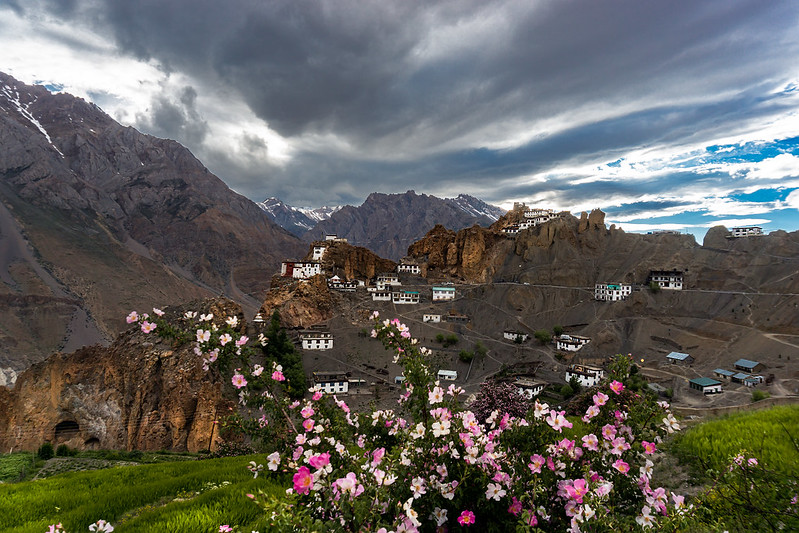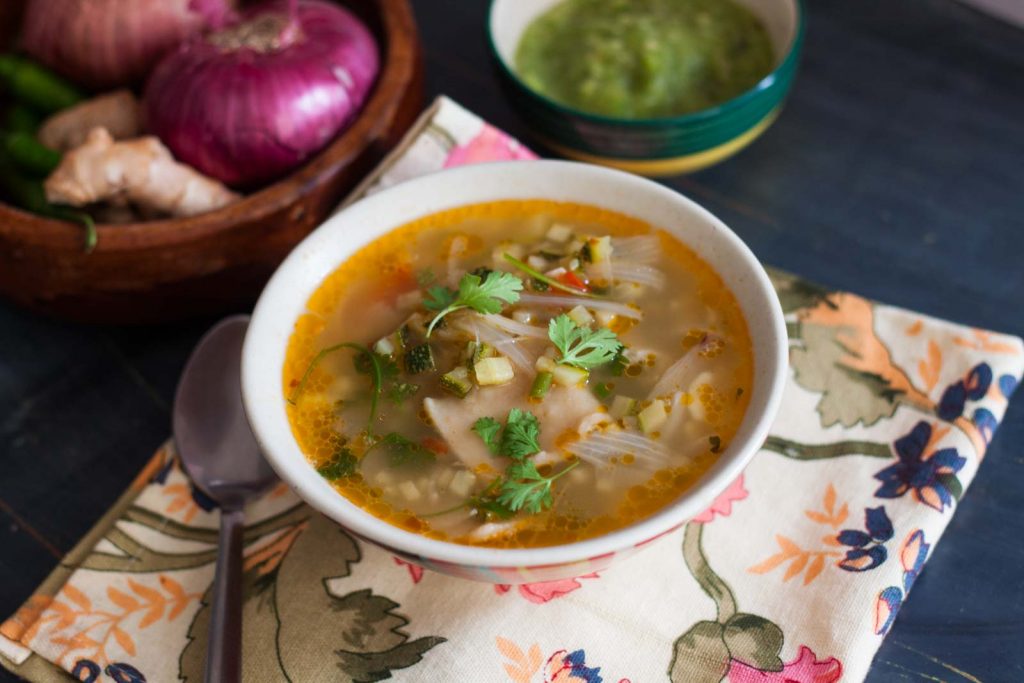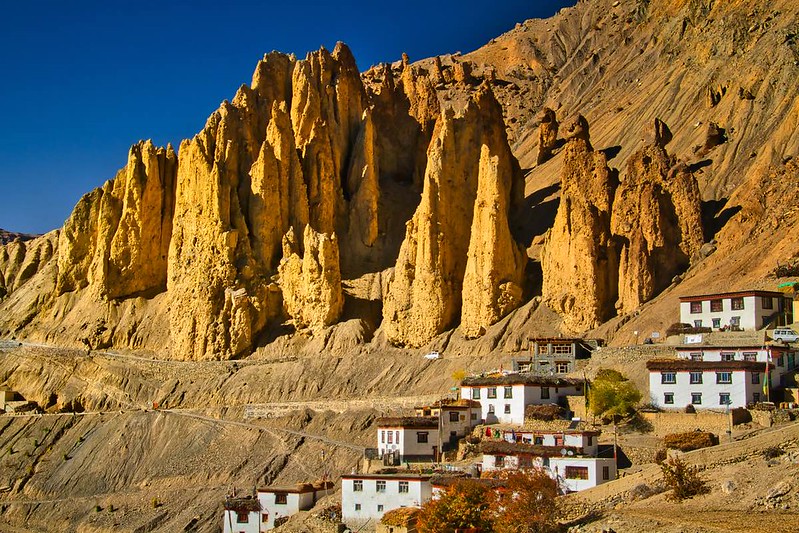Bangalore is one of the fastest growing cities in the country because of the innovation in technology, art and new cultures converge. A visit here would be no short of fun, largely owing to the many tourist places near Bangalore to make your outings a wonderful experience. There are several places in and around the city that will keep you engaged and let you explore. So, listed below are a few of the lesser known attractions if you’re looking for a fresh new experience of Karnataka‘s state capital.
Popular tourist places near Bangalore: Make your day outings awesome!
Muthyala Maduvu falls
Located about 40 km from Bangalore, you will find the cascading waters of Muthyala Maduvu falls, near Anekal. This is one of the closest waterfalls to the city and can be a weekend getaway spot. Also known as Pearl Valley, the water that falls slides down the greenery and gives an illusion of pearls. There is a temple of Lord Shiva near the waterfall.
Location of the Muthyala Maduvu Falls itself is quite striking, surrounded by mountain ranges. This place also offers activities like and trekking in the hills and bird watching, since the rich environs shelter an abundance of varied birds. Thattekere Lake is also close-by and is also a tourist attraction.
Monsoon is the best time to visit Muthyala Maduvu falls because the water will be less during other seasons.
Ranganathaswamy temple
It is a Hindu Temple in Karnataka, which is about 41 km from the city of Bangalore. It is located in Magadi, Karnataka. Chola rulers consecrated the temple in the 12th century. The Ranganathaswamy Temple has idols of Lord Rama, Sita, Anjaneya, Lakshmi, Venugopala Krishna and Lord Ranganatha who is a form of Lord Vishnu and considered the main deity, installed by Mandavya.
Hence, this place is also called Mandavya Kshetra and it means abode of Mandavya. The temple’s pillars are huge and well sculpted. Two sculpted elephants decorate the entrance. The place is serene, peaceful and calm. All the Vishnu devotees, the ancient architecture lovers and the ones that are looking for some peace, should definitely visit this place.
Savandurga Hills
Savandurga Hills is located off the Magadi Road in Karnataka, about 70 km from Bangalore city. It is one of the largest monoliths and is a part of the Deccan Plateau.
It is formed by two hills, the black hill, and the white hill, locally called Karigudda and Biligudda. Once you get to the top of the hill, you can see the Akravati River, which flows nearby. The region is home to several species of flora and fauna. Some of the fauna include varieties of butterflies like the grass jewel, common line blue, etc, leopard, yellow-throated bulbuls, long-billed vultures, white-backed vultures, etc.
Savandurga is also a perfect spot for rock climbing, cave exploring, and other adventurous activities. You could also organize camps or picnics with your family and friends. There are water-sports at the Manchanabele Dam, which is close to the hill and is a must visit.
Shivaganga Hill
This hill is located about 50 km from Bangalore and 20 km from the nearest town, Tumkur. The shape of the hill is in the form of Shiva Linga and the spring flows are called Ganga locally.
This place is also called Dakshina Kasi, which means Kasi of the South. There are several temples on the hill, some of which include Sri Honnadevi Temple, Olakal Teertha, Gangadhareshwara Temple, Patalagange, etc. There is a historical rock, which is carved in the shape of Nandi and is considered a masterpiece due to its location, which offers a breathtaking vista of the surrounding region
Trekking, which includes scaling the sloping rocky mountain slope, is one of the leading tourist activities in this area. There are man-made stairs, which make the trek easier for beginners. There are several halt spots for taking breaks and munching some snacks while enjoying the scenic views around. However, you need to be careful around the monkeys. Keep yourselves hydrated and you are good to go!
Janapada Loka
Janapada Loka also called “Folk World”, houses a Folk Museum and provides a platform for folk artists and enthusiasts, in the Ramanagara district and is one of the popular tourist places near Bangalore. It is on the Bangalore-Mysore highway and is quite popular in the state for preserving and keeping the art of village folk alive through years.
Folk culture and art are one of the most prestigious, yet underrated things in the state of Karnataka and N. L. Gowda took all the responsibility in preserving the state’s culture by building Janapada Loka. It has a 15-acre campus and provides various opportunities like folk dance, music, literature, lifestyle, sculpture, etc.
The Folk Museum is the main attraction in Janapada Loka and displays a number of artefacts belonging to the folk culture. Janapada Loka also has a library, an amphitheatre, Shilamala that is filled with sculptures, Ayagaramala, Chitra Kuteera, Doddamane that depicts a village house, etc.
Bhoga Nandeeshwara Temple
The Bhoga Nandeeshwara Temple is about 60 km from the city of Bangalore and is situated in Nandi village, at the foot of Nandi Hills. This is one of the most ancient temples that sees frequent visits and admiration of all the tourists. The construction of this temple dates back to the ninth century. It houses two shrines – Arunachaleswara and the Bhoga Nandeeshwara Shrine, which was built by the Chola rulers. The temple has been built in the honour of Lord Shiva.
The architecture and the sculpting on the pillars and walls of the temple are mind-blowing and a treat for all the history, archaeology and architecture geeks. This temple is a must visit and one of the best temples among all the other famous ones in Karnataka.
Channapatna
Channapatna is a city in Karnataka, which comes under the Ramanagara district and is 60 km from Bangalore. It is famous all over the country and the world for its wooden toys and lacquerware. There are numerous small-scale industries in Channapatna.
Erstwhile ruler of the Mysore Kingdom, Tipu Sultan, invited carving experts from Persia to train the local people. From then on, this place has developed its art of toy making from wood. Traditionally carved out of ivory wood, the artists began improvising with teak, sycamore, cedar and pine. The wood is first procured, seasoned, cut, carved and painted. The dyes used are mostly vegetable dyes to ensure the child’s safety while handling these toys.
The toys are too cute to look at and easy to handle. And they are not very expensive either. Handmade by local artisans, the wood carvings of Channapatna have been a matter of pride for the state. You could buy some as souvenirs and give them to your friends or family as a token of love from Karnataka. They are also perfect for the showcase and fit almost everywhere in the house if you want to have cute decorations all over. Channapatna is one of those tourist places near Bangalore you do not want to miss.
Ghati Subramanya Temple
It is an ancient Hindu temple, which lies on the outskirts of the city, around 70 km away. Ghati Subramanya Temple is one of the well-known pilgrimage centres and is more than 600 years old. This temple is frequently talked about due to the uncommon presence of deities Lord Karthikeya and Lord Narasimha together. Mythology suggests that the idols emerged from the earth. The temple also happens to be a popular site for snake worship and also has a seven-headed cobra sculpture in the sanctum sanctorum.
People perform several rituals in the temple during Brahmotsava. The temple remains open from 6:30 in the morning to 9 in the night. The temple is considered to be especially auspicious for couples looking to conceive.
Makalidurga
This is a village that is 73 km from Bangalore and is located after Doddaballapura. Known for the Makalidurga hill fort, the village is quite close to the Ghati Subramanya Temple. Makalidurga is surrounded by hills, offering an absolute visual treat, it is one of the popular trekking locations around Bangalore. The fort located atop a hill makes it a perfect location for some activity during the day. The view from the top is mesmerizing quite mesmerizing as well. However, trekking in this region of Makalidurga is slightly difficult and needs you to be fit and well hydrated.
The fort located atop a hill makes it a perfect location for some activity during the day. The view from the top is mesmerizing quite mesmerizing as well. However, trekking in this region of Makalidurga is slightly difficult and needs you to be fit and well hydrated. If you are planning on spending your weekend doing some adventurous activities along with a visit to a holy place like the Ghati Subramanya Temple which is nearby, then you should visit this place for sure.
Devarayanadurga
It is a hill station in Tumkur, Karnataka and is a 70 km drive from Bangalore. The hills in this region are thick green with several temples. Some of the temples include Yoganarasimha, Boganarasimha, Mahalakshmi Temple, etc.
The Lakshmi Narasimha Swamy temple in Devarayanadurga is quite famous and showcases Dravidian architectural style. Also, Namada Chilume (‘Chilume’ translates to spring) has a myth associated with it. Many believe the myth that Lord Rama on his way to Lanka shot an arrow into the ground that led to the establishment of this spring. There is a foot impression of Lord Rama in stone near the spring that is visible even to this day.
Devarayanadurga is a perfect picnic spot and a weekend getaway. Spend some time out in nature and visit all the temples in the region to appreciate the architecture.
Kolar
Kolar is a district in Karnataka that was once quite famous for its labyrinthine gold mines. Kolar is also famous for Someshwara temple and Kolaramma temple. One of the many attractions in Kolar is the Antaragange, which has a temple that consists of a pond inside that receives a continuous flow of water from Basava or stone bull. Antargange is also a popular spot for some light trekking.
Someshwara Temple in Kolar is an ancient temple with the Vijayanagar style of architecture. You should note the sculpture and the inscriptions on the walls of a temple. Apart from these, you can also find the Hyder Ali Tomb and several Dargahs.
There’s the Kotilingeswara temple that is quite famous in the region. The Shiva linga here towers to a height of 108 feet, and lakhs of smaller stone carved lingas surrounds the main Shiva linga occupying about 15 acres of land around the main linga. About 2,00,000 or more Shiva devotees visit this place on Maha Shivratri annually. The Shivalinga at Kotilingeswara is one of its kind and claims to be one of the tallest in the world. It is one of the most visited Shiva temples and highly populous with tourists and devotees throughout the year.
Chunchi Falls
This is another waterfall located about 90 km from the Bangalore city and also a popular spot to take a break. The Chunchi Waterfalls are located alongside the Arkavati River. There is a lot of greenery around with small hilly areas.
A rocky path will take you down to the fall. Bring out the adventurous side in you and go ahead for this little trek. Do wear a comfortable pair of shoes and carry loads of water. If you are planning to sit and enjoy the view, you can. Best time to visit is from August to February.
Skandagiri
Skandagiri is about 62 km from Bangalore and is a beautiful place for trekking activities. It happens to be a popular location for night trekking, even more for the sea of clouds that greets you at sunset is one of the most surreal sights you would come across. Plan for a small picnic or go out on an adventure with your buddies.
Bheemeshwari
Bheemeshwari is about 105 km from Bangalore and is a great place for people who love to fish. So, you could spend an entire weekend here, relaxing and fishing with all your loved ones. There are different kinds of boat rides too. August to February is the ideal time to visit.
So, how many of the places in this list of popular tourist places near Bangalore have you visited so far?

